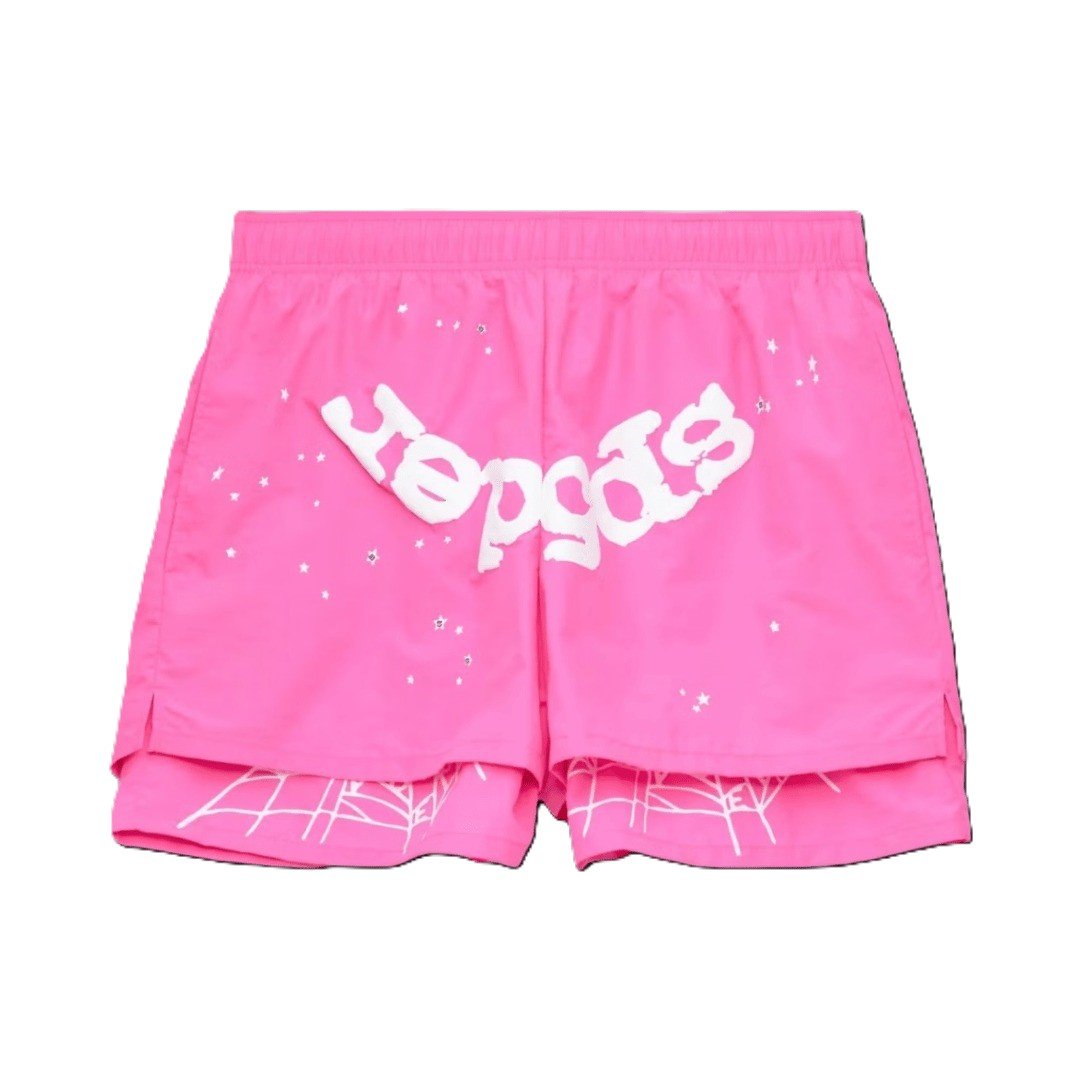In the ever-evolving world of streetwear, few garments have managed to creep into public consciousness and command attention quite like the Sp5der Hoodie. What began as a niche piece lurking in underground scenes has now burst into the mainstream, worn by influencers, athletes, and streetwear purists alike. “From Shadows to Spotlight” is not just a clever title—it’s the journey of an aesthetic rebellion wrapped in threads of webbed mystique. This is the Spider Hoodie takeover.
Table of Contents
ToggleThe Birth of a Dark Icon
The Spider Hoodie didn’t arrive with fanfare—it slithered onto the scene quietly. At first glance, it seemed like just another edgy design in a sea of graphic-heavy streetwear. But its distinct motifs—often involving oversized spider web graphics, sinister fonts, and muted tones—quickly set it apart. There was something primal about it, something that echoed fear, stealth, and power. The hoodie tapped into a deeper archetype: the spider as a symbol of calculated strength, darkness, and control.
For a generation raised on superhero lore and digital aesthetics, the spider carried dual energy. It could mean danger or transformation. It could signify the outsider, the anti-hero. The hoodie took these themes and stitched them into wearable myth.
The Streets as Runways
What truly set the Spider Hoodie apart wasn’t just the design, but who wore it and where it was worn. Unlike designer pieces that debuted in fashion shows, this hoodie crawled its way through alleyways, backlots, and basketball courts before ever touching a boutique.
It became a staple in urban environments, sported by kids who wanted to make a statement without saying a word. It whispered rebellion. It shouted confidence. It became part of a new uniform for those who saw fashion not as decoration, but as declaration.
Instagram and TikTok helped amplify this quiet takeover. Streetwear pages and influencers started to feature fits with Spider Hoodies layered under puffer jackets or paired with cargo pants and bulky sneakers. Each photo added another thread to the web, connecting fans across the globe.
Webbed in Influence
Behind the hoodie’s rise is a web of cultural influence. Part of its success can be attributed to the rise of niche fashion brands that blend mystery with exclusivity. Labels associated with Spider Hoodies often release drops in limited quantities, feeding the hype beast culture and creating artificial scarcity. If you see someone in a rare Spider piece, it means they were quick enough—or plugged in enough—to score it. That’s status.
But it’s more than marketing. The Spider Hoodie has become a symbol of identity. It reflects an attitude—gritty, stealthy, and a little dangerous. It appeals to those who find power in the shadows, who prefer lurking over loudness.
Celebrities and athletes have also accelerated the hoodie’s rise. Whether it’s rappers layering it under designer coats or NBA stars rocking it courtside, the Spider Hoodie is being worn by individuals who embody confidence and dominance—perfect representatives for the brand’s energy.
Symbolism Stitched in Cotton
Why spiders? Why this specific creature as the core motif?
Spiders are architects of intricacy. Their webs represent control and strategy. They are feared, but respected. The hoodie captures this symbolism perfectly. Wearing it isn’t just about fashion—it’s about stepping into a persona. You’re not just warm; you’re cloaked in meaning.
The design elements mirror this idea. The placement of webs across the chest or back feels intentional, almost like armor. The fonts evoke gothic energy, pulling from horror film aesthetics and occult symbolism. Even the color palettes—often black, grey, blood red, or bone white—feel like they were pulled from a haunted closet.
This isn’t passive clothing. It’s expressive, aggressive, and deliberate.
From Counterculture to Cool Culture
Every piece of fashion that goes from underground to mainstream risks losing its edge. But so far, the Spider Hoodie has managed to maintain its integrity. It hasn’t been watered down—it’s just been amplified. The fans remain loyal, and the newcomers approach it with reverence.
Part of the hoodie’s staying power is that it never chased trend cycles. It wasn’t born of a moment; it was built on an emotion. Fear, mystery, confidence, isolation—these are timeless energies. And that’s what the Spider Hoodie taps into. Even as it becomes more visible, it hasn’t sold out its identity.
In fact, many wearers claim that they feel seen when they wear the hoodie—not by others, necessarily, but by themselves. It’s like putting on a second skin, a symbolic reminder of their inner strength or outsider status.
The Evolution Continues
The Spider Hoodie is now more than a hoodie. It’s a movement. Brands are expanding the motif into full tracksuits, t-shirts, and even accessories. Collaborations with other designers and artists are pushing the aesthetic further—blending cyberpunk, dystopia, and myth. Broken Planet Hoodie
But the core remains: a sense of shadowy power. The hoodie doesn’t scream for attention—it draws it in, like a spider to prey. And that’s part of the genius. It doesn’t try too hard. It doesn’t chase approval. It simply exists—and in doing so, it dominates.
Final Threads: The Future of the Web
Where does the Spider Hoodie go from here? If the current momentum holds, we’ll likely see more high-fashion intersections, possibly even runways embracing its bold minimalism and gothic coding. It’s also likely that the hoodie will inspire entirely new subcultures—blending streetwear with horrorcore, anime aesthetics, and digital tribalism.
But no matter how big it gets, the Spider Hoodie will always belong to the shadows first. Its power comes from its quiet origin story, from the streets that gave it breath and the wearers who gave it purpose.
From shadows to spotlight, this takeover wasn’t accidental. It was strategic. Like the spider, it waited. It watched. Then it struck.
